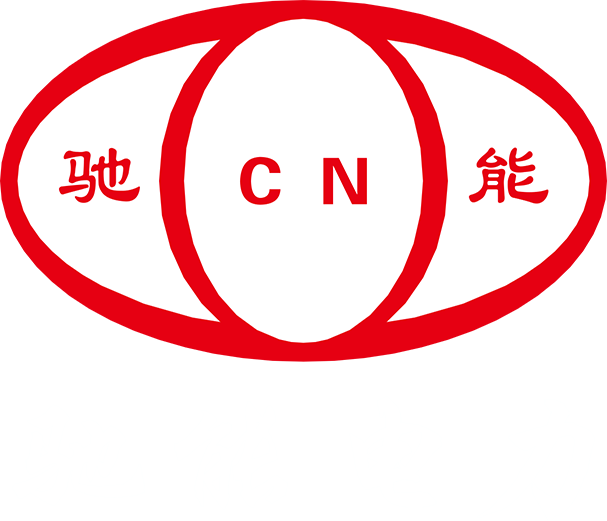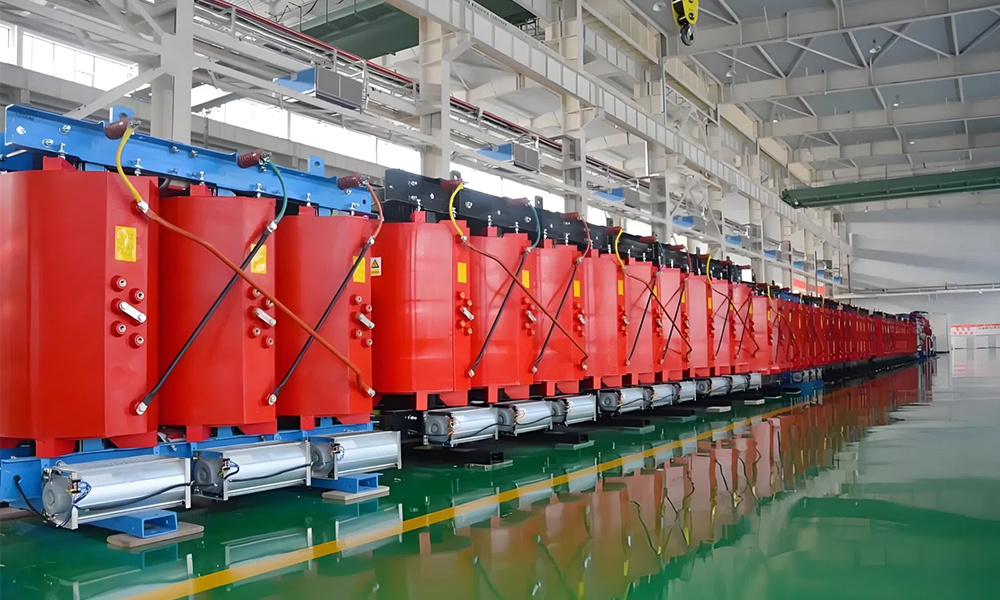He' Nan Chineng Electric Power Equipment Co., Ltd
Exploring the Comprehensive Applications of Medium Voltage Dry-Type Transformers in Industry
Aug 08,2025
Exploring the Comprehensive Applications of Medium Voltage Dry-Type Transformers in Industry
Table of Contents
1. Introduction to Medium Voltage Dry-Type Transformers
2. Understanding Transformer Technology
3. Key Features of Medium Voltage Dry-Type Transformers
3.1 Insulation and Cooling Mechanisms
3.2 Efficiency and Energy Saving Potential
4. Industries Leveraging Medium Voltage Dry-Type Transformers
4.1 Manufacturing and Production Facilities
4.2 Renewable Energy Applications
4.3 Data Centers and IT Infrastructure
4.4 Transportation and Electric Vehicles
5. Advantages of Medium Voltage Dry-Type Transformers
5.1 Safety and Environmental Benefits
5.2 Reliability and Maintenance Considerations
6. Future Trends in Transformer Technology
6.1 Smart Grid Integration
6.2 Innovations in Materials and Design
7. Conclusion
8. FAQs
1. Introduction to Medium Voltage Dry-Type Transformers
Medium voltage dry-type transformers play a crucial role in the electrical distribution landscape, transforming voltage levels to ensure safe and efficient power delivery across various industrial applications. Unlike their oil-filled counterparts, these transformers utilize air as a cooling medium, making them ideal for environments where safety and environmental concerns are paramount.
2. Understanding Transformer Technology
Transformers are integral to electrical systems, functioning to change voltage levels while maintaining the same frequency. The basic principle involves electromagnetic induction, where alternating current (AC) in one coil induces a voltage in another coil. Medium voltage dry-type transformers specifically operate in the voltage range of 1 kV to 35 kV, making them essential for industrial use.
3. Key Features of Medium Voltage Dry-Type Transformers
Understanding the unique features of medium voltage dry-type transformers helps in appreciating their role in industrial applications.
3.1 Insulation and Cooling Mechanisms
Dry-type transformers utilize solid insulation materials, such as epoxy or resin, which allow for effective heat dissipation. This design minimizes the risk of fire hazards and reduces maintenance needs.
3.2 Efficiency and Energy Saving Potential
These transformers exhibit high efficiency, often exceeding 98%. This efficiency translates into significant energy savings, making them a cost-effective solution for industrial operations.
4. Industries Leveraging Medium Voltage Dry-Type Transformers
Medium voltage dry-type transformers are widely used across multiple sectors, each benefiting from the unique advantages they offer.
4.1 Manufacturing and Production Facilities
In manufacturing, these transformers provide the necessary voltage levels for various machinery and equipment, ensuring smooth operations. Their compact design allows for flexible installation in space-constrained environments.
4.2 Renewable Energy Applications
As industries pivot toward sustainable practices, medium voltage dry-type transformers are becoming essential in renewable energy setups, including solar and wind energy systems. They facilitate the efficient transfer of power generated from renewable sources to the grid.
4.3 Data Centers and IT Infrastructure
Data centers require highly reliable power sources to maintain operations continuously. Medium voltage dry-type transformers ensure stable voltage supply while also being energy-efficient, which is critical in reducing operational costs.
4.4 Transportation and Electric Vehicles
With the rise of electric vehicles (EVs), the demand for charging infrastructure is growing. These transformers play a pivotal role in providing the necessary voltage for EV charging stations, supporting the transition to electric mobility.
5. Advantages of Medium Voltage Dry-Type Transformers
The advantages of medium voltage dry-type transformers make them a preferred choice in many industries.
5.1 Safety and Environmental Benefits
The absence of oil in dry-type transformers significantly reduces the risk of environmental contamination in case of leaks. This characteristic makes them suitable for installation in sensitive areas, such as schools, hospitals, and urban environments.
5.2 Reliability and Maintenance Considerations
Medium voltage dry-type transformers require less maintenance compared to oil-filled transformers. Their robust construction and solid insulation materials contribute to high reliability, ensuring minimal downtime for industrial operations.
6. Future Trends in Transformer Technology
The landscape of transformer technology is continuously evolving, driven by advancements in materials and smart technology integration.
6.1 Smart Grid Integration
As industries adopt smart grid technologies, medium voltage dry-type transformers are being designed to integrate seamlessly with advanced monitoring and control systems, enhancing overall grid efficiency.
6.2 Innovations in Materials and Design
Research into new materials, such as nanocoatings for insulation, is paving the way for transformers that are even more efficient and environmentally friendly. Innovations in design also focus on compact forms that require less installation space without compromising performance.
7. Conclusion
Medium voltage dry-type transformers represent a pivotal technology in modern industrial applications, from manufacturing to renewable energy. Their efficiency, safety, and reliability make them invaluable assets in today’s energy-intensive environment. As technology continues to advance, the role of these transformers will undoubtedly expand, providing even greater benefits across various industries.
8. FAQs
1. What is the main advantage of using dry-type transformers over oil-filled transformers?
Dry-type transformers are safer, environmentally friendly, and require less maintenance compared to oil-filled transformers, which can pose a risk of leaks and fires.
2. In what types of industries are medium voltage dry-type transformers commonly used?
They are widely used in manufacturing, renewable energy, data centers, and transportation sectors, where reliable and efficient power supply is critical.
3. How do medium voltage dry-type transformers contribute to energy savings?
These transformers exhibit high efficiency, often exceeding 98%, which minimizes energy loss during voltage transformation, thus leading to cost savings.
4. Can medium voltage dry-type transformers be used outdoors?
Yes, they can be used outdoors as long as they are appropriately rated for environmental conditions, such as humidity and temperature variations.
5. What is the typical lifespan of a medium voltage dry-type transformer?
The lifespan can vary, but with proper maintenance, these transformers can last 20-30 years or more, providing reliable service throughout their operational life.
PREVIOUS:










